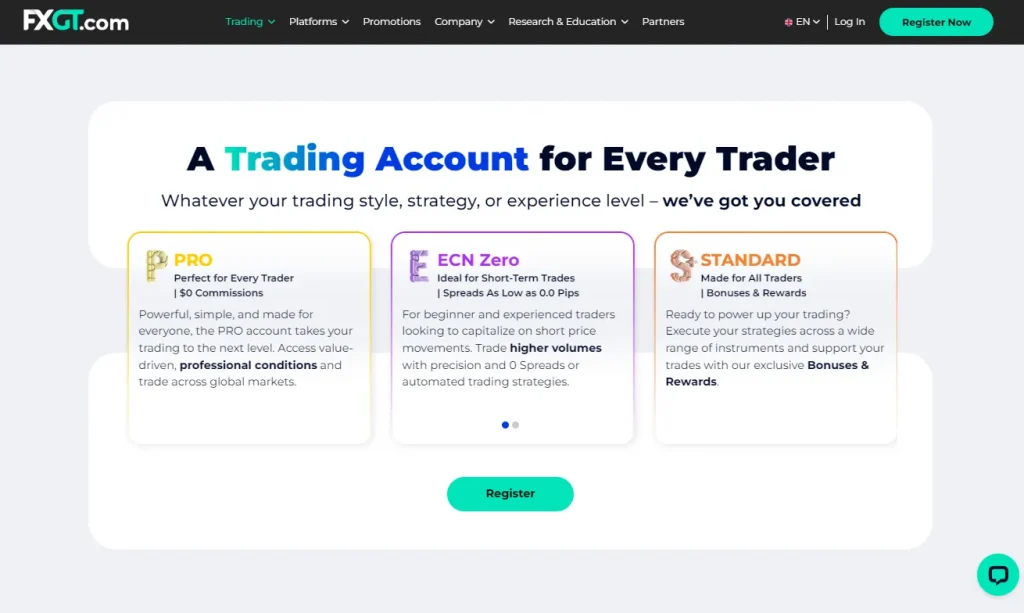Perfect Order Overview
Perfect Order FX methodology has emerged as a dominant trading approach in South African markets, particularly during the post-pandemic period when ZAR volatility reached unprecedented levels. This comprehensive system has proven exceptionally effective in capturing major market moves while providing robust protection against the frequent whipsaws characteristic of emerging market currencies.
South African traders have found particular success with this methodology during the European-African market overlap, where institutional liquidity peaks and price action becomes most predictable. The system’s adaptive nature allows it to respond effectively to both the systematic volatility of ZAR pairs and the periodic spikes triggered by local economic and political developments.
Market Impact Analysis
| Performance Metric | Conservative Setup | Aggressive Setup |
| Annual Return | 15-22% | 28-45% |
| Maximum Drawdown | 8-12% | 15-25% |
| Win Rate | 65-70% | 55-60% |
| Profit Factor | 1.8-2.2 | 2.4-3.1 |
| Recovery Period | 2-3 months | 3-5 months |
Core Strategy Mechanics
The foundation of Perfect Order FX lies in its sophisticated interpretation of market structure through the lens of exponential moving averages. Unlike traditional EMA implementations, this system employs a dynamic interaction model that adapts to changing market conditions. The triple-EMA configuration creates a fluid framework that responds to both gradual trend developments and sudden market shifts.
Market phases are interpreted through the relative positioning of these moving averages, creating a three-dimensional view of price action that considers both momentum and structural support/resistance levels. This approach has proven particularly effective in handling the unique characteristics of ZAR pairs, where traditional support and resistance levels often exhibit less reliability compared to major currency pairs.
Trading Session Characteristics
| Session | Market Activity | Strategy Adaptation |
| Asian | Low volatility, ranging conditions | Focus on breakout preparation |
| European | High liquidity, trend development | Primary trading window |
| American | Increased volatility, reversal risk | Selective continuation trades |
| African | Local market influence, news impact | Risk management priority |
Implementation Framework
Successfully implementing Perfect Order FX in South African markets requires a deep understanding of local market dynamics. The system’s core principles must be adapted to account for the unique characteristics of ZAR pairs, including their heightened sensitivity to commodity prices and political developments.
South African traders have developed several market-specific modifications to enhance the strategy’s performance. These adjustments primarily focus on volatility filtering and position sizing, with particular emphasis on protecting against the sharp price movements common during local market hours.
Risk Management Matrix
| Risk Factor | Conservative | Moderate | Aggressive |
| Position Size | 0.5% | 1.0% | 2.0% |
| Stop Loss Range | 35-50 pips | 50-75 pips | 75-100 pips |
| Target Multiple | 2.5:1 | 2:1 | 1.5:1 |
| Max Daily Risk | 2% | 3% | 5% |
| Correlation Limit | 1.5% | 2.5% | 4% |
Advanced Implementation Techniques
Perfect Order FX achieves its highest efficiency when traders develop a nuanced understanding of market microstructure. In South African markets, this involves careful attention to institutional order flow patterns and their impact on price action. The system’s moving average configuration serves as a proxy for institutional activity, helping traders align their positions with major market forces.
Successful practitioners typically combine the core Perfect Order FX signals with supplementary analysis tools, creating a comprehensive trading framework. This might include volume analysis, order flow interpretation, and correlation studies with key commodity markets, particularly gold and platinum.
Performance Optimization Matrix
| Aspect | Basic Implementation | Advanced Implementation |
| Signal Validation | Single timeframe | Multi-timeframe correlation |
| Entry Timing | Direct EMA signals | Order flow confirmation |
| Position Management | Fixed targets | Scaled exit strategy |
| Risk Control | Static stops | Dynamic protection |
| Market Analysis | Technical only | Technical + Fundamental |
Market-Specific Considerations
Trading ZAR pairs requires special attention to several unique factors that can significantly impact market behavior. The South African economy’s strong ties to commodity markets create distinct trading patterns that must be incorporated into the Perfect Order FX framework. Additionally, the market’s sensitivity to political developments and policy changes necessitates a more comprehensive approach to risk management.
Local traders have found success by incorporating the following modifications to the standard Perfect Order FX approach:
ZAR Pair Characteristics Table
| Currency Pair | Primary Drivers | Volatility Profile | Optimal Trading Window |
| USD/ZAR | Commodity prices, Fed policy | High | 08:00-16:00 SAST |
| EUR/ZAR | ECB policy, EU trade | Medium-High | 09:00-15:00 SAST |
| GBP/ZAR | UK politics, commodity demand | Very High | 09:30-15:30 SAST |
| JPY/ZAR | Risk sentiment, carry trade | Medium | 07:00-14:00 SAST |
Perfect Order FX Conclusion
Perfect Order FX provides South African traders with a structured framework for navigating local forex markets. Success requires understanding the unique characteristics of ZAR pairs, maintaining strict risk protocols, and adapting the strategy to local market conditions. Regular practice and continuous strategy refinement will enhance trading performance in the South African forex environment.
FAQ
What timeframes work best in South African trading sessions?
The H4 and D1 charts excel for trend identification, while M30 and H1 provide optimal entry precision.
How should Perfect Order FX be adapted for ZAR pairs?
Wider stops and conservative position sizing are recommended due to ZAR’s inherent volatility
Can Perfect Order FX handle South African market gaps?
Yes, but additional gap management protocols should be implemented for overnight positions.
What's the recommended starting capital for South African traders?
A minimum of R75,000 is suggested for adequate position sizing and risk management.
How effective is the strategy during South African economic events?
The system performs well but requires adjusted parameters during major economic announcements.















